ناشر : انتشارات موجک (ناشر دانشگاهی)
کد کتاب : M1024
عنوان : موانع و راهکارهای بهبود ارزشیابی توصیفی
تالیف : یحیی صفائی، صادق بلوچ، نظام آبادیان، عبدالواحد آفرین
مشخصات ظاهری : ۱۰۴ صفحه، قطع وزیری
چاپ اول : بهار ۱۴۰۳، تيراژ : ۵۰۰ جلد
قيمت : ۱۹۰۰۰۰۰ ريال، شابک : ۲-۷۱۰-۹۹۴-۶۰۰-۹۷۸
حقوق چاپ و نشر برای ناشر محفوظ است.
————————————————————————————————————————————————————————————————————————–
Publisher: Mojak Publications (academic publisher)
Book code: M1024
Title: Obstacles and ways to improve descriptive evaluation
Compiled by: Yahya Safai, Sadegh Baloch, Nizam Abadian, Abdul Wahid Afarin
Appearance specifications: 104 pages, ministerial cut
First edition: spring 1403, circulation: 500 volumes
Price: 1,900,000 riyals, Shabak: 978-600-994-710-2
Copyright is reserved for the publisher.

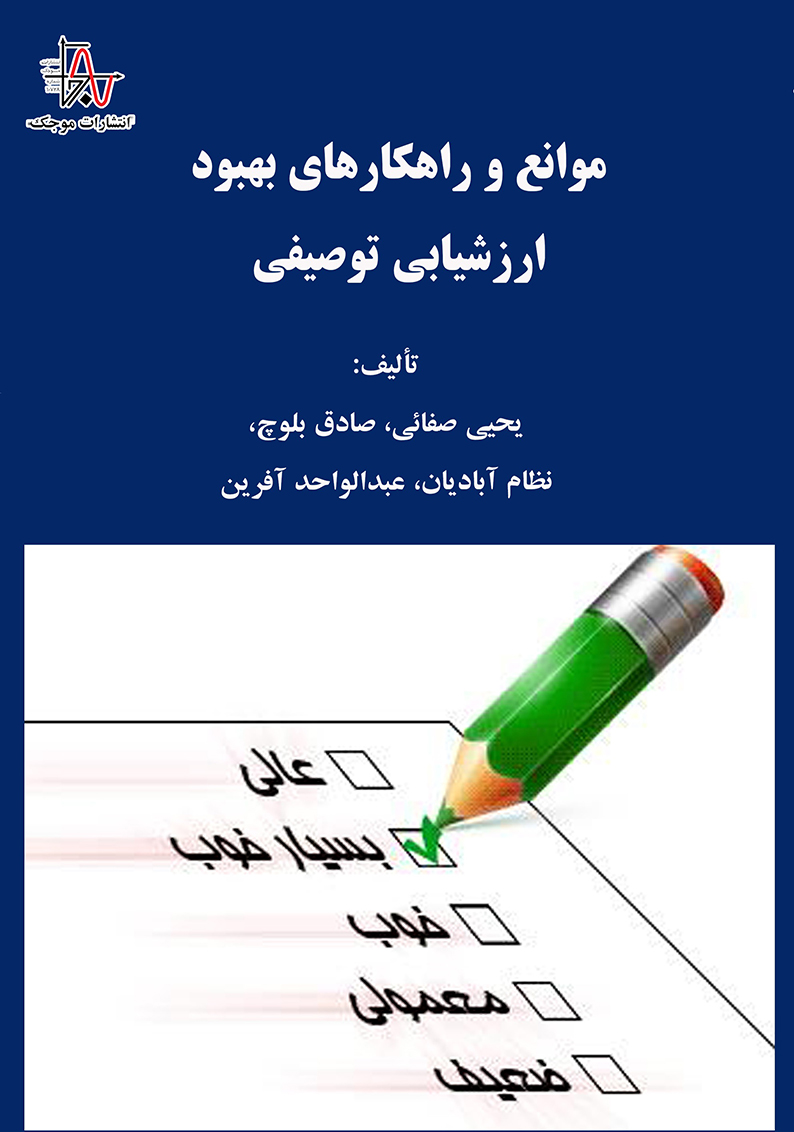
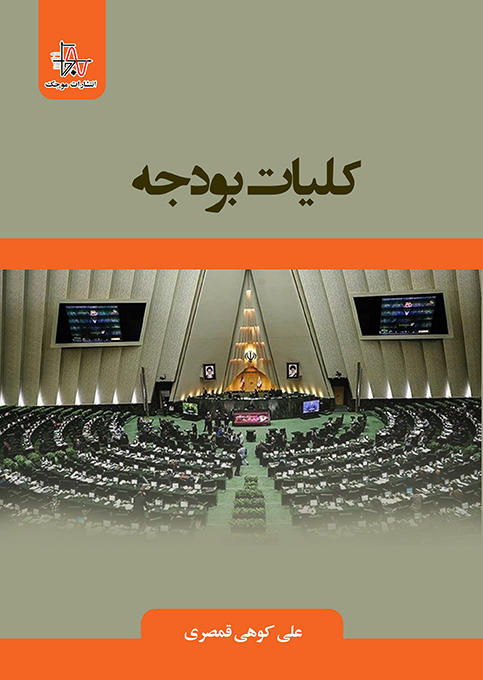
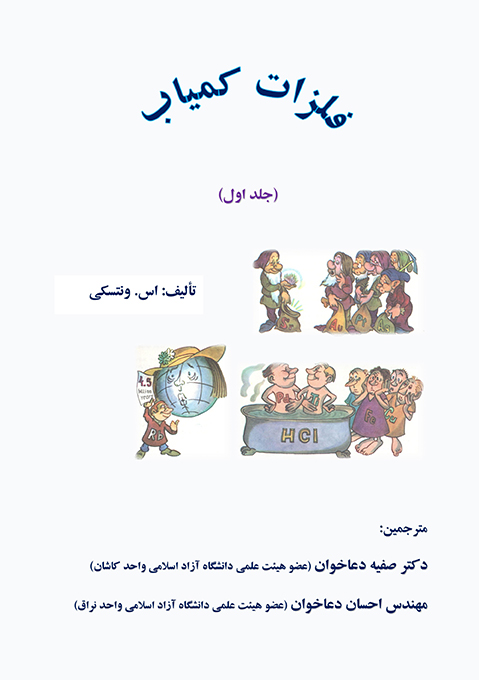
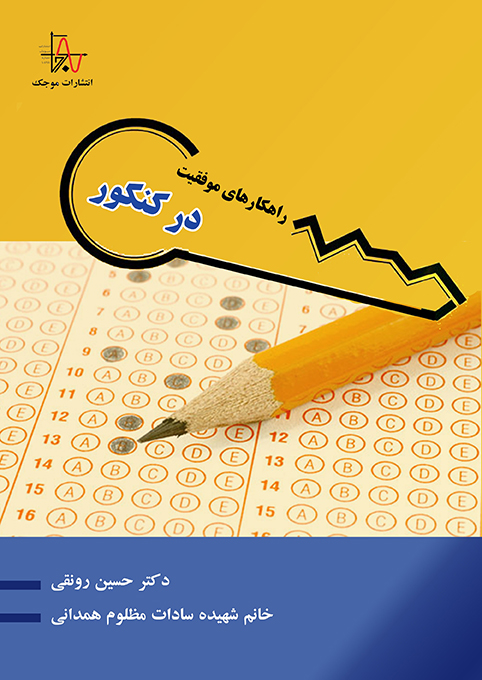
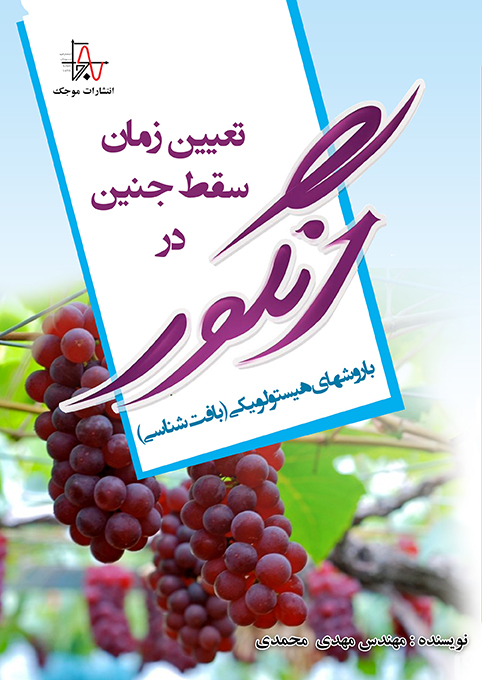
نقد و بررسیها
هیچ دیدگاهی برای این محصول نوشته نشده است.